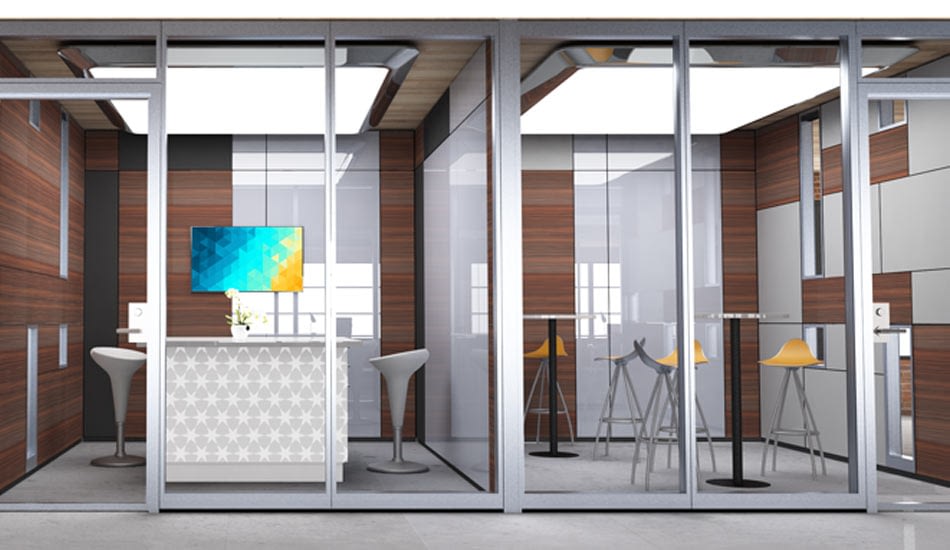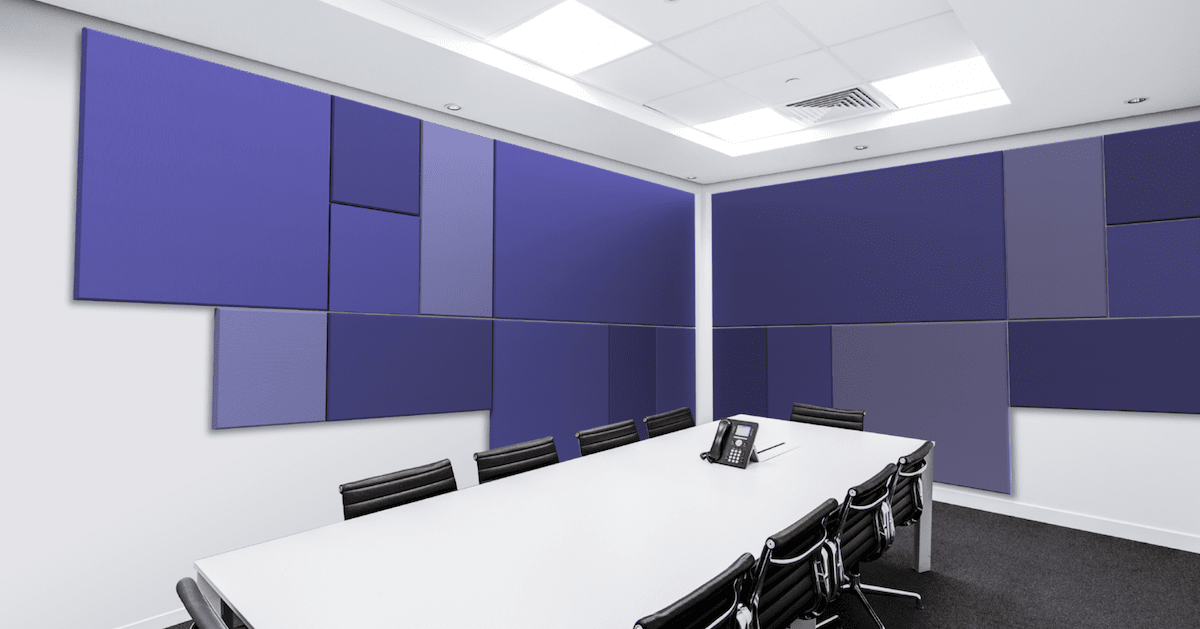See No Distractions, Hear No Distractions: What disrupts employees the most at work?
Karl Elhen
Mar 17, 2021 10:45:00 AM
There are many possible distractions in the workplace—from loud co-workers, impromptu meetings, strange lunchroom smells, and beyond. But which ones are the worst culprits for derailing focus? And what can you do about them?
In this blog post, we’ll explore some research into how visual vs. auditory distractions affect employees and specific solutions you can implement in your own office.
What does the research say about visual vs. auditory distractions?
In 2019, Future Workplace and Poly conducted a survey to determine what kind of workplace distractions disrupted workers the most.
The study investigated office designs and distractors worldwide and surveyed 5,150 employees who work at least three days per week in a corporate office.
The TL;DR version is the survey uncovered that it’s not office temperature or traffic noise that disrupts the most—it’s people.
This research topic isn’t unique. There are hundreds of studies relating to the impacts of external (and internal) disruptions on employee productivity and worker well-being. However, what’s interesting about this particular study is how they’ve qualified disruptions based on the data they collected
The most disruptive office distractions ranked worst to “least worst”
Based on the study’s findings, the researchers were able to rank office distractions worst to “least worst”:
- Co-worker talking loudly on the phone
- Co-workers walking by your workstation
- Phone rings or text alerts
- Office events (birthdays, parties, lunches, etc.)
- Meetings nearby
- Children visiting
- Team games across the office
- Family members (other than children) visiting
- Table games (ping pong, foosball, etc.)
- Pets in the office
- Outdoor sounds (traffic, sirens, weather, construction, etc.)
- Colleagues eating
- Heating or air conditioning units
- Copy machines or printers
- Coffee being made
The bolded items are noise-related distractions, and as you can see, they outnumber other sensory disruptions 4 to 1.
With auditory distractions being the most disruptive for workers, we’ve made it one of our missions to design the most effective acoustic glass walls to control noise and increase speech privacy in modern office spaces.
Design to minimize noise in the workplace
In addition to some of the tactics we’ve already written about to increase employee privacy, office design can play a big part in curtailing noise distractions.
With many people still opting for open office floor-plans to foster collaboration and a never-ending flow of ideas, we can’t stress enough the importance of creating separate huddle or meeting spaces to isolate noise as much as possible.
You can build small breakout rooms relatively quickly using demountable glass walls, and you can devote those spaces to meetings or any office functions that might interrupt focused workers. Our recommendation is always to use acoustic glass panels because they modernize the office’s look, keep light travelling through the space, and control sound with the right glass type just as well as insulation.
We created our moodwall P4 acoustic glass walls for total acoustic privacy without sacrificing transparency. With STC ratings between 38 and 45 (depending on the glass type), our clients have found great acoustic success in offices and other institutional environments.
Our advice on acoustics
One of the most common mistakes we see when we work with office designers and business owners or partners relates to acoustics. Usually, the office owner will want robust sound control throughout their space, so they’ll get their designer or architect to create soundproof rooms. However, time and time again, we see designers missing some integral acoustic elements.
For example, they’ll design an executive office with a sliding door instead of a hinge-door, not knowing the sliding door has a lower STC rating because of its single-pane glass. Or they’ll design a meeting room with high STC-rated walls but don’t plan for any acoustic elements on the ceiling. In that situation, the sound bounces off the wall, up to the ceiling, and then out of the room.
Our advice is to think of acoustics as something holistic. They need to cover a space not just from wall to wall but also from floor to ceiling.
Are you concerned about employee productivity? Learn more about what you can do to help the people in your office maintain focus in this blog post.




